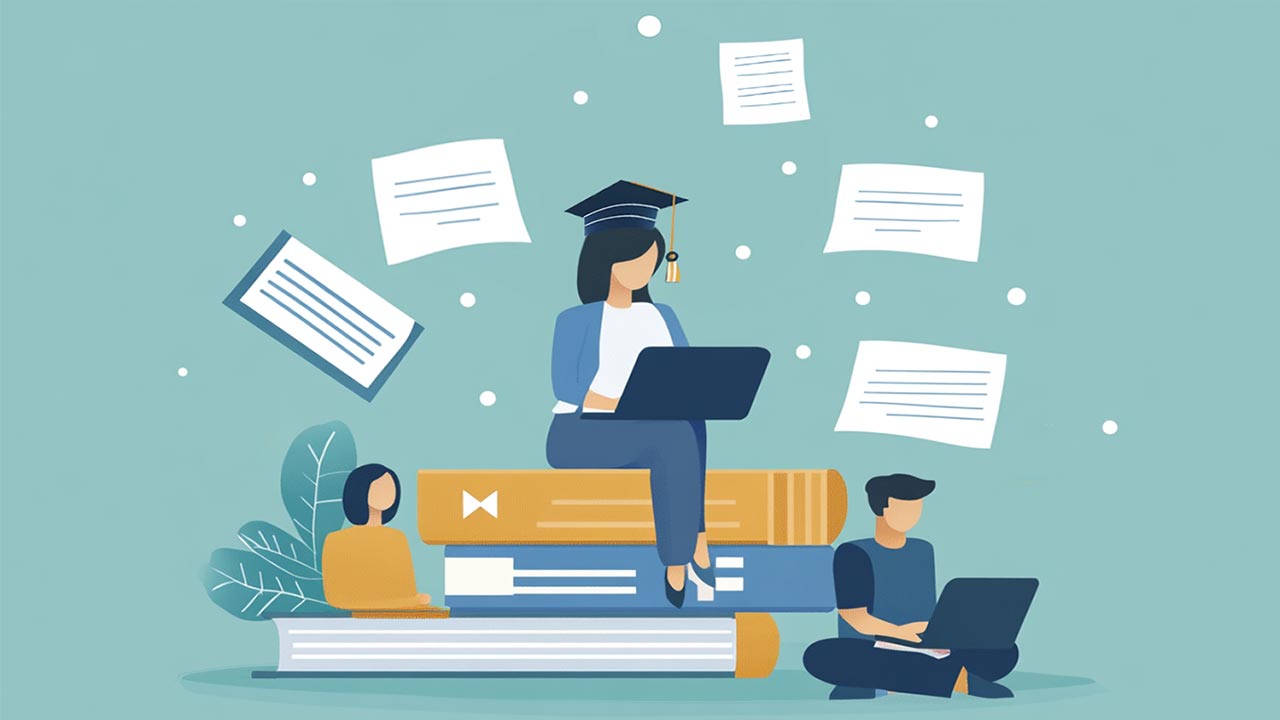How to Future-Ready Your Education
It’s not enough to focus solely on traditional subjects or rote memorization— Future-Ready Education learners need to be equipped with skills and mindsets that will enable them to adapt to the future of work. This article delves into the strategies and approaches you can take to ensure your education is future-proofed. Whether you’re a student, educator, or someone in charge of policy decisions, understanding how to blend innovation, technology management, and forward-thinking teaching practices is essential.
You’ll learn about the key trends shaping the future of education, including the integration of artificial intelligence (AI), project-based learning, personalized learning pathways, and the role of soft skills in a tech-driven economy. We’ll break down how you can incorporate these trends into your own education strategy, whether you’re still in school, a lifelong learner, or responsible for developing educational policies. Additionally, we’ll explore what it means to be adaptable, resilient, and capable of continuous learning—all essential traits for future success.
Table of Contents
- What Does it Mean to Future-Ready Education?
- How Can You Integrate Innovation in Learning?
- The Importance of Lifelong Learning
- Top 5 Frequently Asked Questions
- Final Thoughts
- Resources
What Does it Mean to Future-Ready Education?
Skills That Matter Most
One of the most crucial aspects of future-proofing your education is identifying the skills that will be in demand. According to the World Economic Forum’s “Future of Jobs Report,” soft skills such as critical thinking, problem-solving, creativity, and emotional intelligence are at the top of the list. The report also highlights the increasing importance of digital skills, like data analysis, AI, and coding, which are becoming essential in nearly every industry.
So, what does this mean for students? It’s simple: focus on a balanced skill set that includes both hard and soft skills. While you need technical know-how, the ability to think critically and solve complex problems creatively will set you apart in an automated world.
The Role of Technology
The infusion of technology into education is no longer optional—it’s a necessity. Tools like AI, augmented reality (AR), virtual reality (VR), and even blockchain are already being integrated into classrooms globally. For instance, AI-driven tools can personalize learning experiences, identifying strengths and weaknesses, offering customized resources, and even grading assignments in real-time.
Incorporating these technologies prepares students for a future where automation will handle repetitive tasks, leaving the more complex, human-centric problems to be solved by individuals equipped with the right tools and mindset.
How Can You Integrate Innovation in Learning?
Project-Based Learning (PBL)
Project-Based Learning (PBL) is one of the most effective ways to introduce innovation in education. PBL requires students to engage in hands-on, real-world problem-solving, often involving interdisciplinary knowledge. This method encourages students to think critically, collaborate, and apply what they’ve learned in practical settings. It’s a huge shift from the memorization-heavy model of traditional education and a critical tool for future-readiness.
A study by Stanford University found that students engaged in PBL showed a significant improvement in problem-solving abilities compared to those in traditional learning environments. Implementing this into your curriculum could be one of the most powerful moves towards future-proofing education.
Personalized Learning Pathways
Personalized learning is another transformative approach that uses technology to customize the learning experience for each student. With platforms driven by AI, students can follow individualized pathways based on their interests, abilities, and progress. This ensures that every student is challenged appropriately while receiving the support they need to thrive.
In practice, personalized learning might mean using an AI tool to track a student’s progress and suggest next steps. This kind of tailored approach keeps students engaged and motivated, ensuring that learning is both effective and enjoyable.
The Importance of Lifelong Learning
To stay relevant in the future workforce, the concept of lifelong learning needs to be deeply embedded in our educational systems. With industries constantly evolving, continuous upskilling and reskilling will become the norm. For instance, a 2020 LinkedIn Learning report noted a 58% increase in professionals actively seeking out learning opportunities to stay competitive.
Incorporating lifelong learning into your education strategy means not only focusing on what you can learn today but also how you can adapt to learn new skills tomorrow. Encouraging curiosity, adaptability, and self-direction is key to remaining relevant in an ever-changing job market.
Top 5 Frequently Asked Questions
Final Thoughts
The most important takeaway from this article is that future-ready education isn’t a one-size-fits-all approach. It’s a combination of embracing technology, fostering critical soft and hard skills, and encouraging lifelong learning. By integrating project-based learning and personalized learning pathways, we can create an educational environment that not only adapts to future needs but thrives in them. The world of work is changing, and education must evolve alongside it. If we focus on preparing students with the skills, mindsets, and tools they need today, they will be better equipped for the unknowns of tomorrow.
Resources
- Stanford University, Study on Project-Based Learning
- LinkedIn Learning, Workplace Learning Report 2020





Leave A Comment